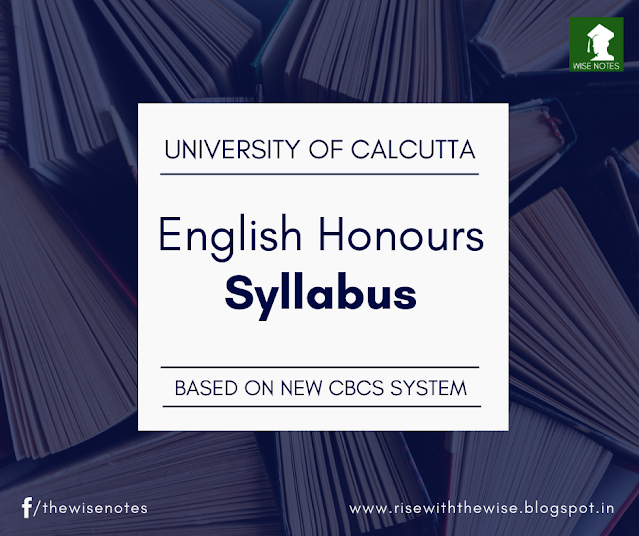Studying and scoring good grades/marks in English honours is a great challenge. A lot of students take English honours because of their love for the literature and there is nothing bad about it. Before you go for it, make sure you have a good vocabulary and good writing skills so you can frame your answers which doesn't appear childish and immature.
Studying English at the Calcutta University level or any other university is a different ball game altogether. You are expected to read classics, broad epics, serious dramas, captivating novels, though-provoking poems, hardened short stories and much more.
Your course is divided over the British, American and Indian literature which broadens your perspective and understanding of the society as whole. It is certainly demanding. Seeing the whole course syllabus might be a daunting exercise and going through the first few classes might leave you clueless.
You have to study a lot and get your understanding to the next level in order to come up with answers which pleases the college professor and university examiners. This results in the unmistakable 'want to get good marks in B.A. English Honours'. So, here are 5 definite tips of acing your English Honours course with flying colours in no time.
1. Know the story/poem/drama first
Read the novel, poem or drama first.
Understand the story first.
Once you know the story then you should start making the critical study, where you mark the
- Important dialogues, sections, moments
- Drastic changes in character & their motivation
- What made them to do certain things?
- How certain events changed the course of action for the story
- Who betrayed who? why they did it?
2. Know your author
A little bit of knowledge about the author will help you understanding his work better.
- Run a background check on the author
- Where was he born, lived and wrote the novel/poem/drama you are reading
- What were the socio political conditions during that time
- What things impacted his writing
Once you know this you will start seeing its impact in author's writing.
3. Change your perspective and dive into critical essays
So you have read the work, understood the author. Now you have a pretty good idea about the work and what it wants to speak to you.
But you know that is your understanding and on basis of that you had built your perspective.
It's time to broaden your mind.
Start reading critical essays.
It will help in
- Understanding the writing style of the author
- Analyzing the broader, larger and overlooked themes present in the work
- How the people & society were presented will be more clear
Now you are ready to write answers which shows that you have command over the subject matter.
4. Write answers every week
Start writing answers each week to get better at writing answers at university level.
- You know the work, author and in sync with critical analysis.
- You should start writing your own answers by taking questions from previous university exams.
- Get it checked by your professor
- Your professor will let you know what you missed on and what are praiseworthy in your answer.
5. Quote - wherever possible
A good answer or essay is one which shows command over the subject matter by injecting with relevant but influential quotes every now and then.
- Quote influential and important dialogues
- Add the Act and Scene or who said it and when while quoting
- Use quote marks when doing it.
These tips will help you not just studying in a better way for the English Honours course but it will also make you understand these works included in your course. Now you can showcase the authority over the course through your answers. We are hopeful that you will get better marks in the upcoming Calcutta University examinations if you abide by these tips.
If you are looking for high-quality study materials and notes for the college and university hen don't forget to buy our Exclusive Wise Notes. You will get more than 130 notes covering the complete syllabus of the Semester I and II at a highly affordable price.














